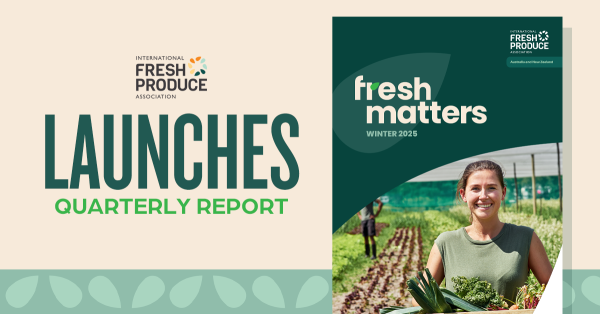
Tropical Storm Harvey Expecting Prolonged Rains
TEXAS & LOUISIANA - Tropical Storm Harvey made landfall on Friday night as a Category 4 hurricane in Southeastern Texas, and news coverage has called the region's flooding caused by the event "unprecedented." Top rainfall has been recorded near 31 inches, as of Monday morning, according to AccuWeather. According to the latest reports, though it has stalled into a tropical storm, Harvey’s rain will continue pummeling the coast through Texas and Louisiana through the end of August.

“This is a devastating flooding event, the likes of which we have not seen in at least the last 12 years, since the Hurricane Katrina disaster,” AccuWeather Meteorologist Brett Rossio said, according to the report.
Communities have been inundated with water from the downpour, resulting in massive infrastructure damage and power outages, while the additional rainfall anticipated in the week may push levees and drainage systems past their limits. In addition, Bloomberg reports that approximately one quarter of oil and natural gas production from the region, and more than 10 percent of U.S. refining capacity has been affected. CNNMoney predicts that the impact could include gas price spikes across the nation.

“There will be locations receiving at least 40 inches of rainfall when all is said and done,” Rossio said, according to AccuWeather. “There is some possibility it reacquires some of its lost intensity if it gets back over the Gulf of Mexico. This would yield more gusty winds right along the Texas Coast.”
AccuWeather has stated that the prospect of Harvey ramping back into a Category 1 hurricane is unlikely, though the risk of isolated tornadoes and waterspouts remain near and northeast of the center of the storm. The major risk moving forward is the continued deluge of rain, which will compound damages and make it difficult for emergency crews to restore infrastructure and power in the region.

What will the Harvey’s final impact be? Stay tuned to AndNowUKnow as we bring you the latest.






















